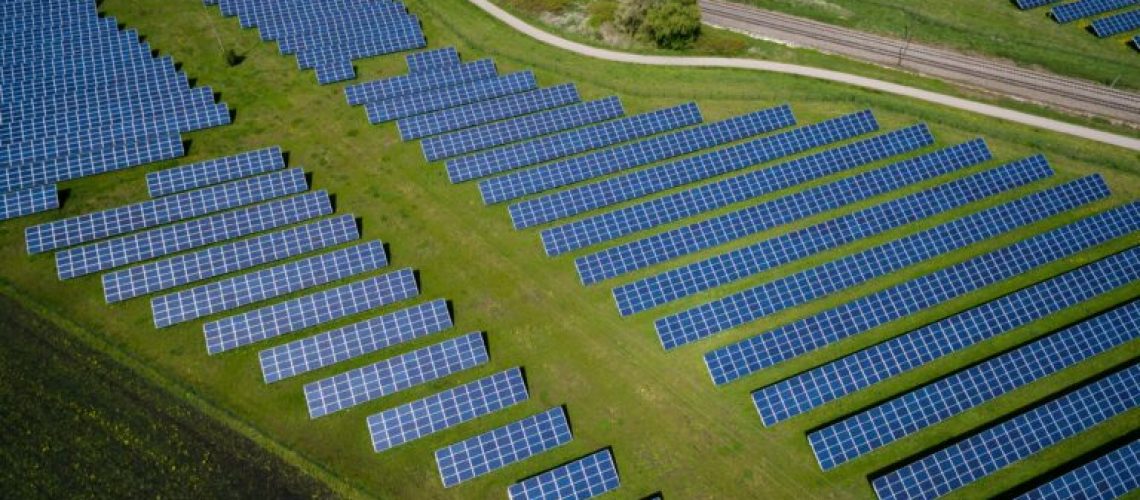BloombergNEF says in a new report that developers deployed 444 GW of new PV capacity throughout the world in 2023. It says new installations could reach 574 GW this year, 627 GW in 2025, and 880 GW in 2030.
From pv magazine Global
The world could install up to 574 GW of new PV capacity this year, according to a new global PV outlook report from BloombergNEF. It said that new solar installations hit 444 GW in 2023, significantly surpassing its previous forecast of around 413 GW.
The research firm said it also expects new global PV installations to reach 627 GW in 2025 and 672 GW in 2026, and then grow further to 718 GW in 2027 and 722 GW in 2028. For 2029 and 2030, it predicts annual PV growth of 820 GW and 880 GW, respectively.
These figures diverge substantially from those released by Wood Mackenzie in January. It predicted flat annual average growth over the next eight years, bucking the trend of rapid growth over the last decade.
“The challenge in making forecasts is that if you keep predicting growth at current rates, you end up forecasting the entire world being covered with solar panels,” Jenny Chase, a solar analyst at BloombergNEF, told pv magazine. “Our 2030 forecast is already over 6.7 TW, well above BNEF’s Net Zero Scenario and relatively comparable with global power generation capacity of 8.5 TW at the end of 2022.”
Chase said that Portugal and Greece could generate 50% more electricity from solar by 2030 than they did in 2022.
“At those levels, we will have negative feedback mechanisms, and those are what is really hard to predict,” she added. “Power will already be priced very low when the sun’s out, and storage isn’t free – so why would anyone build more solar, at least at historical rates of growth? That’s what BNEF’s regional analysts have to grapple with now that solar is not small anymore, and it’s no wonder that they can seem like cowards. Forecasting that the future will be dramatically unlike the past is always difficult.”



